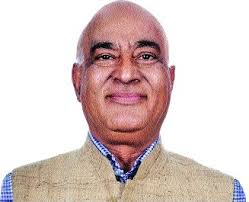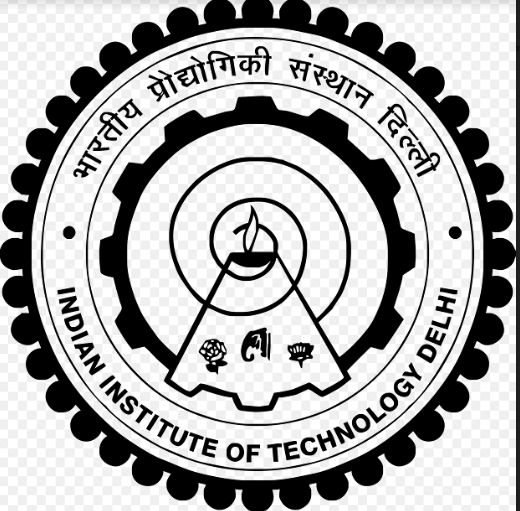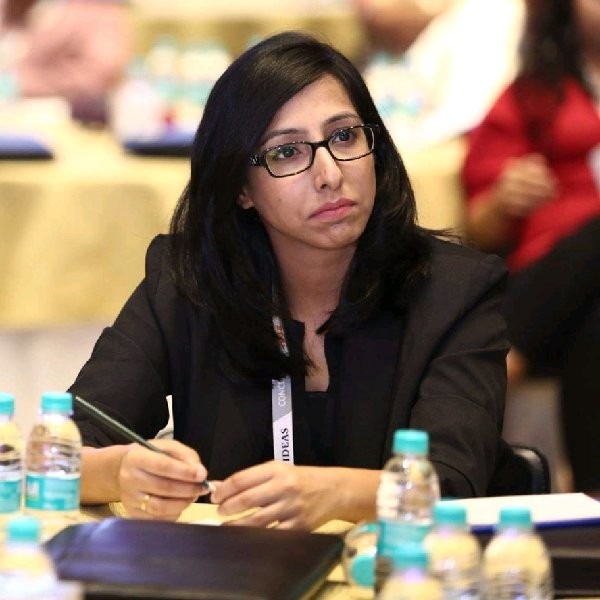Urban exclusion: Rethinking social protection in India in the wake of Covid-19
Economic insecurity caused by lockdowns during the early days of Covid-19 forced many households to rely on government welfare schemes to fulfil their consumption needs. Using data from the June 2020 ...
-
 Pallavi Choudhuri
Pallavi Choudhuri  Sonalde Desai
Sonalde Desai  Santanu Pramanik
Santanu Pramanik  13 June, 2022
13 June, 2022
- Articles
Fatal oblivion: India's National Family Benefit Scheme
The National Family Benefit Scheme (NFBS) – which provides financial assistance to families in the event of the death of a breadwinner – has been plagued by low budget allocations, restricted cove...
-
 Jasmin Naur Hafiz
Jasmin Naur Hafiz  03 January, 2022
03 January, 2022
- Perspectives
What pay ratios in NIFTY50 companies tell us about income inequality in India
In the wake of the economic crisis triggered by the Covid-19 pandemic and associated lockdowns, demands for relief from the corporate sector were as vocal as those for affected workers. However, the s...
-
 Reetika Khera
Reetika Khera  Meghna Yadav
Meghna Yadav  20 November, 2020
20 November, 2020
- Perspectives
Balancing corruption and exclusion: Comment on the response
The role of Aadhaar in reducing corruption in the PDS has been highly controversial. In a recent I4I article, Muralidharan et al. summarised the insights of their study of Aadhaar-based biometric auth...
-
 Jean Drèze
Jean Drèze  Reetika Khera
Reetika Khera  Anmol Somanchi
Anmol Somanchi  19 November, 2020
19 November, 2020
- Perspectives
DUET: Creating a resilient ecosystem for vulnerable populations
Providing their perspective on Drèze’s DUET proposal for an urban work programme, the authors contend that its objective should not just be financial support but the creation of a wider ecosystem t...
-
 Ishu Gupta
Ishu Gupta  Advaita Rajendra
Advaita Rajendra  Ankur Sarin
Ankur Sarin  10 November, 2020
10 November, 2020
- Perspectives
Examining the macro effects of MNREGA
While numerous micro-founded studies examine the household-level effects of MNREGA, little is known about its aggregate macro effects and long-term benefits to output, if any. Analysing district-level...
-
 Justin Cook
Justin Cook  Manisha Shah
Manisha Shah  28 October, 2020
28 October, 2020
- Articles
Balancing corruption and exclusion: A response
The role of Aadhaar in reducing corruption in PDS has been highly controversial. In a recent I4I article, Muralidharan et al. summarised the results of their study in Jharkhand, which confirmed the 'p...
-
 Karthik Muralidharan
Karthik Muralidharan  Paul Niehaus
Paul Niehaus  Sandip Sukhtankar
Sandip Sukhtankar  21 October, 2020
21 October, 2020
- Perspectives
DUET: Expand to include social protection for informal workers
Commenting on Jean Drèze’s DUET proposal, Rakshita Swamy and Amit Basole highlight its simple design as its strength and propose a more comprehensive approach that also includes social protection f...
-
 Amit Basole
Amit Basole  Rakshita Swamy
Rakshita Swamy  19 October, 2020
19 October, 2020
- Perspectives
DUET: Some practical concerns
Providing her perspective on Jean Drèze’s DUET proposal for an urban work programme, Ashwini Kulkarni raises pertinent questions about the implementation process. She outlines the role of ‘labour...
-
 Ashwini Kulkarni
Ashwini Kulkarni  08 October, 2020
08 October, 2020
- Perspectives
DUET: The industrial policy angle
Providing her perspective on Drèze’s DUET proposal for an urban work programme, Swati Dhingra contends that addressing the immediate, monumental problem of joblessness arising from the Covid-19 pan...
-
 Swati Dhingra
Swati Dhingra  08 October, 2020
08 October, 2020
- Perspectives
DUET: Flexible implementation is key
Commenting on Drèze’s DUET proposal for an urban work programme, Yamini Aiyar contends that it is a welcome opportunity to reclaim the importance of robust social protection for urban India, while ...
-
 Yamini Aiyar
Yamini Aiyar  07 October, 2020
07 October, 2020
- Perspectives
Why are MNREGA wages so low?
The widespread disruption of economic activity caused by the Covid-19 pandemic has forced many to turn to MNREGA work in rural India. In this post, Agarwal and Paikrashow that current wages under thee...
-
 Ankita Aggarwal
Ankita Aggarwal  Vipul Kumar Paikra
Vipul Kumar Paikra  05 October, 2020
05 October, 2020
- Perspectives
CPR-I4I webinar video: A new economic imagination?
Centre for Policy Research and Ideas for India jointly held a webinar on 16 September 2020, to discuss domestic demand specifically in rural India. It built on a recent I4I post by three of the speake...
-
 Yamini Aiyar
Yamini Aiyar  Maitreesh Ghatak
Maitreesh Ghatak  Ashok Kotwal
Ashok Kotwal  Mekhala Krishnamurthy
Mekhala Krishnamurthy  Bharat Ramaswami
Bharat Ramaswami  30 September, 2020
30 September, 2020
- Videos
Balancing corruption and exclusion: A rejoinder
The role of Aadhaar in reducing corruption in the PDS has been highly controversial. In a recent I4I article, Muralidharan et al. summarised the insights of their study of Aadhaar-based biometric auth...
-
 Jean Drèze
Jean Drèze  Reetika Khera
Reetika Khera  Anmol Somanchi
Anmol Somanchi  28 September, 2020
28 September, 2020
- Perspectives
Twitter feed
Tweets by Ideas4IndiaMost Popular Poverty & Inequality Posts
Wealth inequality, class, and caste in India: 1961-2012
The level of wealth inequality in India is close to that of some highly unequal countries in the world. This article assesses the long-term evolution of wealth inequality in the country for the period...
 Nitin Kumar Bharti
Nitin Kumar Bharti  28 June, 2019
28 June, 2019
- Articles
Covid-19: What can be done immediately to help vulnerable population
With over 80% of India’s workforce employed in the informal sector and one-third working as casual labour, Covid-19's spread and subsequent unplanned lockdowns, have created economic havoc in the li...
 Reetika Khera
Reetika Khera  25 March, 2020
25 March, 2020
- Perspectives
EWS reservation in higher education: Affirmative action or vote bank politics?
The Constitution (103rd Amendment) Act, 2019, provides for 10% reservation for the economically weaker sections (EWS) in higher educational institutions within the general category. In this post, Devi...
 Devika Malhotra Sharma
Devika Malhotra Sharma  11 September, 2019
11 September, 2019
- Perspectives





 30 September, 2022
30 September, 2022





